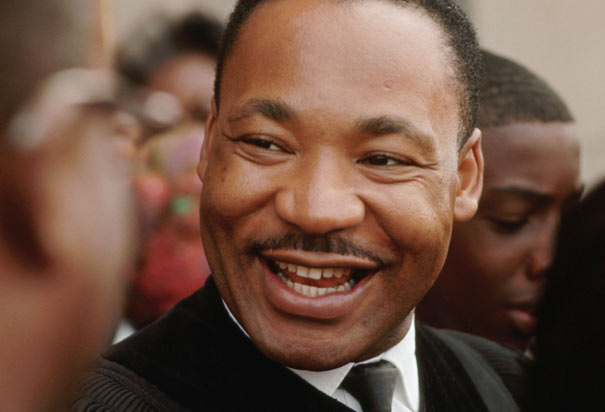1. He changed his name.
Born Michael King Jr., his father Michael King Sr. changed his own name to Martin Luther King Sr. after traveling to Germany in 1931 and becoming a minister, in reverence to Martin Luther. There is still some controversy over whether King Sr. changed his son’s name, or whether King Jr. changed his own name, as well as whether either name was ever changed legally.
